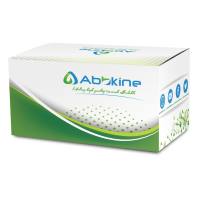Detection of Human Variable Gene Family Expression at the Single-Cell Level
互联网
互联网
相关产品推荐

Hemagglutinin/HA重组蛋白|Recombinant H1N1 (A/California/04/2009) HA-specific B cell probe (His Tag)
¥2570

SARS-CoV-2 (2019-nCoV) Spike Gene ORF cDNA clone expression plasmid (Codon Optimized)
¥4690

IL-2重组蛋白|Recombinant Human IL2 Protein
¥1080

重组蛋白|Recombinant Mouse Ectonucleotide pyrophosphatase / phosphodiesterase family member 7 Protein (His Tag)
¥2310

γ-氨基丁酸试剂盒,用于样本中GABA含量检测,微量法,GABA Content Detection Kit
¥358
相关问答

